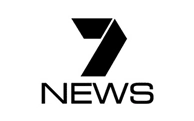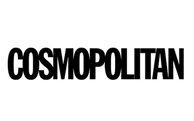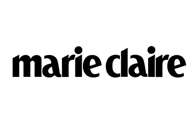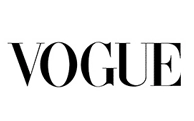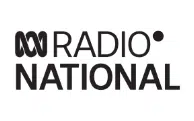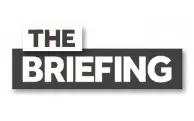Secondary Rhinoplasty
Revision rhinoplasty, also called secondary rhinoplasty, is a different procedure than primary rhinoplasty. The surgery is more complicated due to scarring, lack of graft material, unknown variables based on the previous surgeon’s operation(s), and functional issues like breathing difficulties.
While some surgical techniques are the same as primary rhinoplasty, more advanced methods are often necessary, such as taking cartilage grafts from the ear or rib. However, it is preferable to confine the operation to the nose itself, unless new donor sites are necessary. Therefore, the surgeon should be comfortable with these techniques to address the unique challenges of secondary rhinoplasty.
The Secondary Rhinoplasty Process
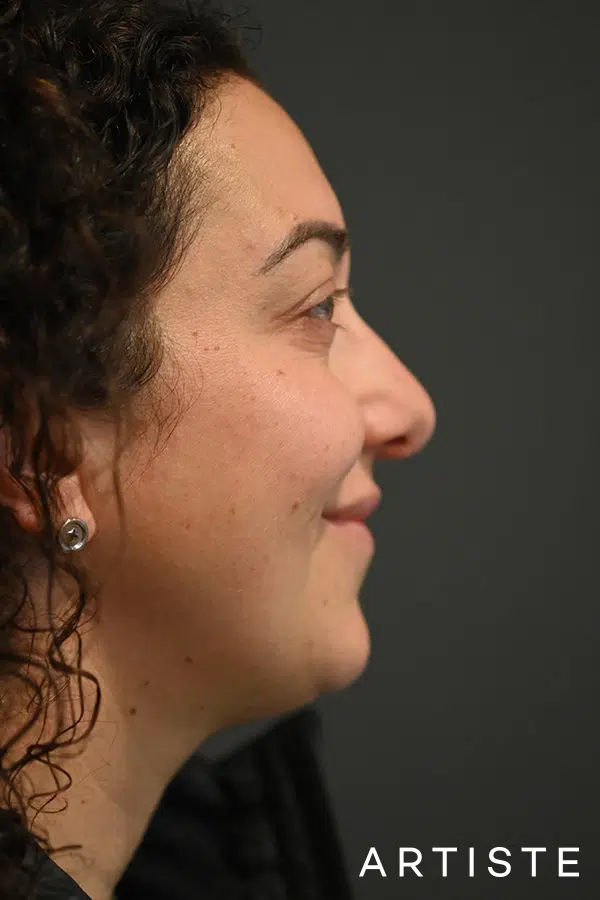
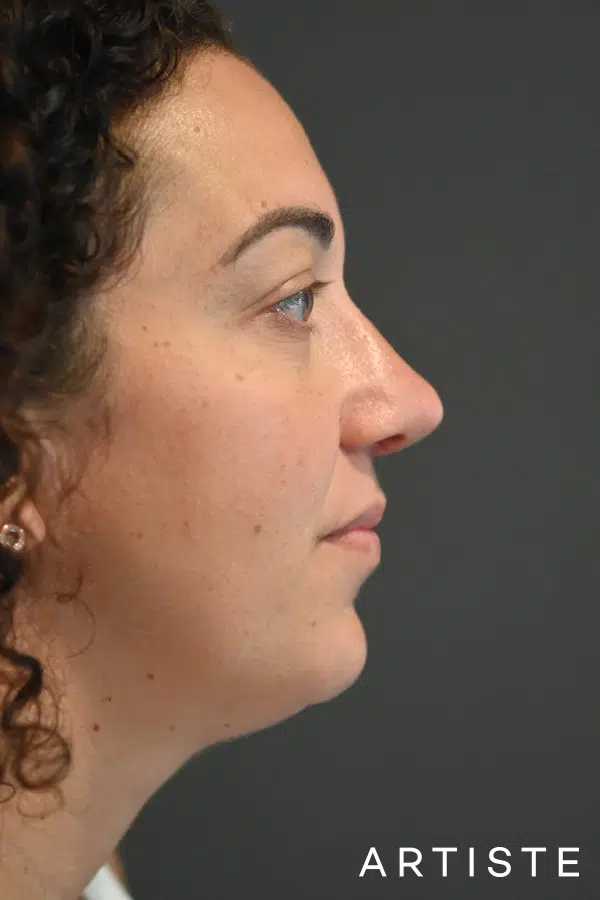
Patient Illustrated, has given consent and is representative only. Results do not guarantee that you will have the same result.
Secondary Rhinoplasty involves adjustment of nasal structures (tip and dorsum) as opposed to complete reconstruction of the elements of the nose. A complete reconstrution involves cartilage grafting and is termed Revison Rhinoplasty.
Expectations: Before, During & After Surgery
It is essential to have access to the operative reports of the initial surgery(s) to plan an effective rhinoplasty accurately. Like primary rhinoplasty, the surgeon will start by asking the patient about the three things they dislike about their nose and want to change.
Common complaints include difficulty breathing, unrefined nose, nose too wide, nose turned up, nose collapsed, and pointy tip. After identifying complaints and goals, eight to ten standard photographs will be taken to discuss potential changes and expected outcomes. Factors such as thick skin can limit specific improvements, and setting expectations is crucial.
The surgeon and the patient will examine all angles of the nose together and simulate possible changes to set goals and understand the final result. In secondary rhinoplasty, preserving function is vital. Unfortunately, some noses have been skeletonized by destructive techniques to reduce nose size, compromising the structural support. Such noses require cartilage grafting from the rib or allograft.
During secondary rhinoplasty, the surgeon should make the desired changes while reconstructing the nose’s foundation to improve its function. To achieve true success, the nose should appear anatomical, and the patient should breathe better. Small improvements in breathing can improve sleep quality and make patients feel more alert during the day.
In every Rhinoplasty, primary or secondary, the surgeon focuses on evaluating each surgical maneuver’s effect on the nose’s structure. It is common to work on the septum, internal and external valve, and turbinates to optimize nasal airflow and structure.
PROCEdURE SNAPSHOT
3 hr Procedure
1 day or night in hospital
2 weeks unsociable
Qualified facelift plastic surgeon:
- World expert Dr Jack Zoumaras
- Qualified Anaesthetist, Accredited hospital
Results: Refine your tip, remove the nasal kyphpsis (bump), improve breathing, straighten nose and adjusr your tip.
Investment in youself
Rhinoplasty has risks that include breathing issues, asymmetry of the tip or dorsum and more
You will feel:
Model featured in photography
As Seen On
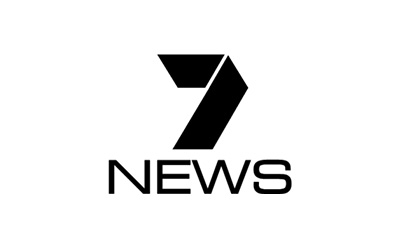
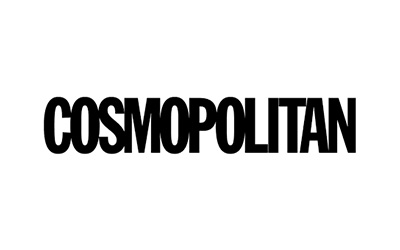
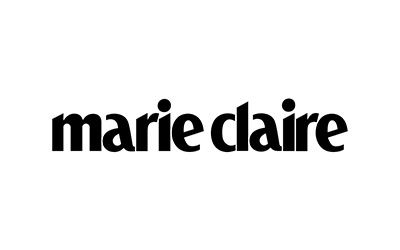
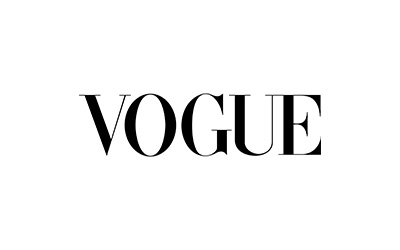
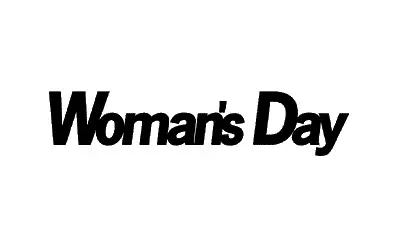
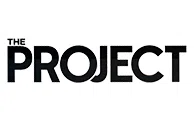
"*" indicates required fields
